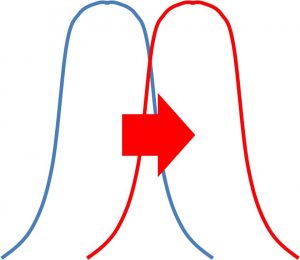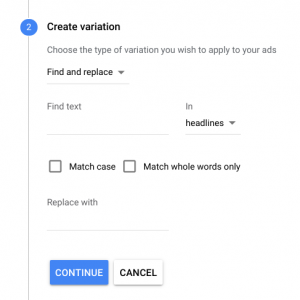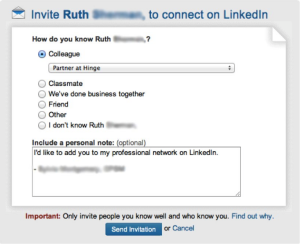
We all know the importance of writing a job description properly. If you fail to have a top notch job description, you can attract the wrong candidates to your position, which does not benefit your company.
Let’s take a step back. A job description “summarizes the duties of a position and states the essential responsibilities of the job.” That sounds pretty simple, a job description tells someone what he or she will be doing on the job. While job descriptions are typically associated with recruiting, that is just scratching the surface of the full benefit to your organization.
Job Analysis
Job descriptions should be updated every few years to ensure accuracy. Traditionally, a job analysis comes before a job description. Why? You need to understand the requirements of the position before you start outlining it. If a job description traditionally comes after a job analysis has been conducted, then why would a job description help perform a job analysis later on? The job description can then give you insight on what competencies are needed for performing the job, thus, providing a framework for the job analysis. Reviewing the job analysis and job description is a continuous cycle. Organizational leaders can keep refining the processes by reviewing what was previously provided for each.
A job analysis is important because it outlines what type of person you are looking for in a position. You are identifying your K.S.A.O.s — knowledge, skills, abilities and other items — needed to perform a job successfully. The best job analyses are conducted by interviewing current employees in that role, or shadowing them while on the job. It can be easy to sit in the HR office and say in a perfect world what competencies someone should have for a given position. Getting into the trenches with your Marketing Manager might open your eyes. The more in tune you are with the job you are analyzing, the better the job description you’ll create will be, thus attracting better applicants and improving your new hire.
Job Evaluation
Once you analyze a job, a job description is written, and after the job description has been approved, you are in job evaluation territory. A job evaluation is the process that determines the relative worth of positions within the company. This is accomplished by determining how the position helps the company achieve its strategic objectives. At a restaurant, the chef cooks all of the food customers eat. Without food to serve, customers would not come, the restaurant would cease to exist and therefore, not achieve its strategic goals.
When conducting a job evaluation, companies look to the relevant labor market. Depending on how many people in an area possess a specific skillset, how you need to compensate varies. If you are in a competitive field with a limited relevant labor market, you want to ensure you are matching or leading your competitors wages. How were their wages determined? By the skills needed to perform the job. Remember, a job description comes before a job evaluation. So if the job description is not an accurate reflection of what competencies are needed, you won’t have the apples to apples comparison of compensation. This could cause you to under or over compensate future employees.
Performance Review
There are different ways for evaluating job performance at a company, some have a supervisor do it, some will include HR and/or use 360 degree feedback methods. Regardless of who is reviewing an employee, the purpose is the same–provide feedback on how an employee performs in his or her role. When outlining how an employee performed over the past month, quarter, year, etc., look at the tasks he or she was responsible for. Where is this information found? The job description!
By comparing what the person agreed to accomplish (job description) and what he or she did accomplish (performance), you can set yourself up for an unbiased performance review. By referencing the job description to rate your employee’s performance, it might be uncovered staff members need to be further developed in certain areas. If employees aren’t trained to perform the basic functions of their jobs well then they aren’t being set up for on the job success.
Time and time again, when a position needs to be filled quickly companies use antiquated or “half-baked” job descriptions. Using a job description from a decade ago or a sentence is not going to help you long term. Yes, you might get someone in the door, but a job description can be used pre-recruitment in a job analysis and evaluation and post-recruitment through a performance evaluation. Since a job description touches so many areas of attracting and maintaining talent, you better have a good one.
Business & Finance Articles on Business 2 Community
(73)







